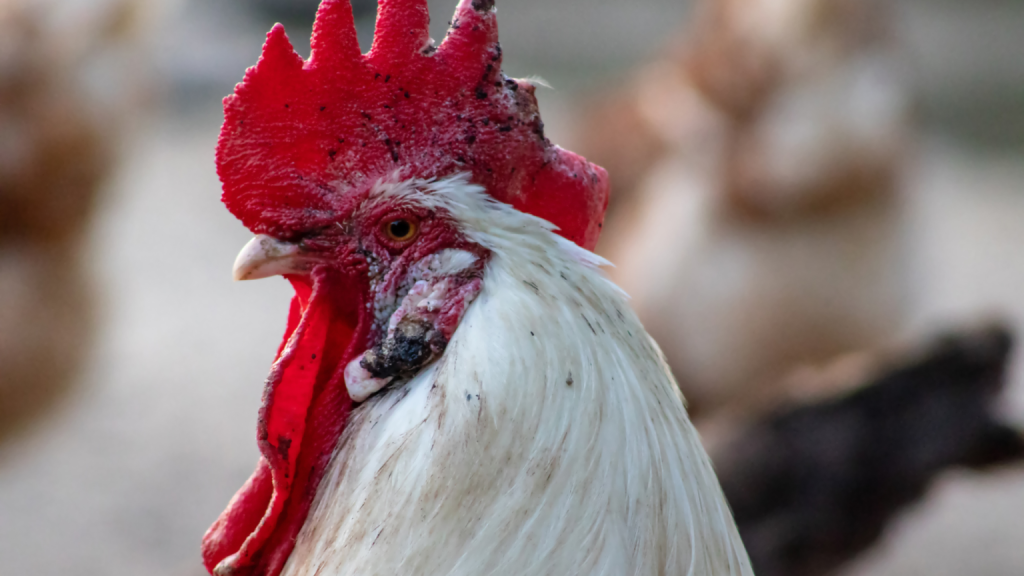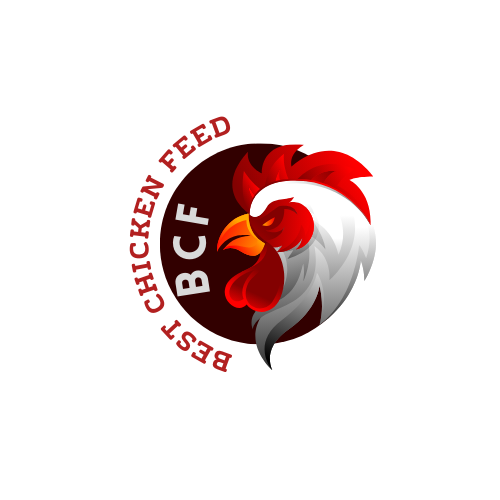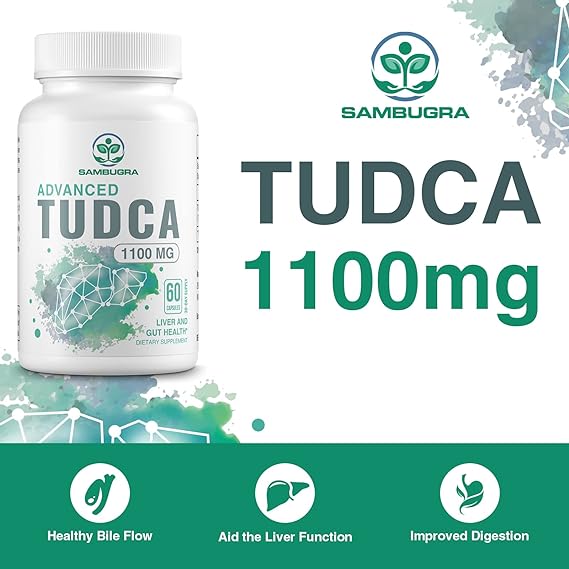
The poultry’s liver, a sizable organ situated in the lower region of their abdominal cavity, exhibits an asymmetrical structure, with the right lobe notably larger than the left. Positioned beneath it is the gallbladder. A distinguishing feature of Poultry Liver is the presence of bile ducts on both sides. Bile ducts from the left lobe directly connect to the duodenum, whereas those from the right lobe first lead to the gallbladder before reaching the duodenum.
A Multifunctional Organ
The liver of a newborn chick appears yellow, particularly within the initial seven days after hatching. While some individuals may perceive this hue as concerning, it is a natural occurrence attributed to the liver’s absorption of a significant amount of egg yolk.In adult chickens, the liver typically exhibits a dark red or brownish-red coloration and possesses elasticity. However, in obese poultry, the liver tends to contain more fat, resulting in a yellow-brown or khaki appearance.
Poultry liver
The liver acts as a vital biochemical factory in the body, serving as an endocrine organ that secretes bile and an immune organ housing essential components like Kupffer cells. Furthermore, poultry possess lymphoid follicles in their liver, further emphasizing its role as an immune organ. Given its significance, the liver serves as a primary target for numerous pathogenic microorganisms and toxins. Consequently, liver disease stands as a pivotal diagnostic criterion in on-site disease diagnosis.
Liver disease is prevalent among chickens due to the abundance of excessive nutrients in their diets, combined with exposure to various toxic substances and sources of disease.
The following are poultry diseases identified by liver lesions.
Avian inclusion body hepatitis
Hemorrhagic degenerative liver inflammation primarily affects chickens between 3 to 15 weeks of age, with the majority occurring between 3 to 7 weeks. Broiler chickens are particularly vulnerable, although ducks can also contract the infection. The main mode of transmission is vertical, typically through contaminated eggs.
When afflicted, the illness typically persists for only 7 to 10 days before resulting in death, with a mortality rate ranging from 10% to 30%.The lesions show hepatic degeneration and swelling with a pale or yellowish hue, brittle texture, and hemorrhagic patches. Microscopic analysis reveals liver cell degeneration, necrosis, and other related abnormalities.
Avian pentatype hepatitis – enlarged liver and spleen
This viral infectious disease primarily affects poultry, commonly attributed to pentatype hepatitis. It predominantly occurs in breeder hens laying white eggs, as well as in laying hen breeds that produce brown shell eggs. Typically prevalent during summer and autumn, it poses a significant risk to chickens aged between 20 and 58 weeks. With rapid spread, it can infect an entire flock within 1-2 weeks, leading to a sharp decline in egg production rates or failure to reach peak production. The outbreak can persist for several weeks, with a mortality rate of approximately 1%, resulting in substantial losses for the farm.
In typical instances, both the liver and spleen exhibit significant enlargement compared to their normal size. Their appearance resembles marbling. Under the liver capsule, we observe numerous small bleeding spots or necrotic lesions, while the surface or cut surface of the spleen shows multiple pale lesions.
Avian ulcerative enteritis
Clostridium coli (also referred to as Clostridium enterica) induces it. The liver displays pale yellow spots, along with irregularly shaped large yellow necrotic areas or scattered gray or yellow necrotic lesions. Liver pathology ranges from mild yellowish speckled necrosis to extensive irregular necrotic regions at the periphery. In chronic instances, ulcers develop in the small intestine and cecum.
Treatment
Bile acids promote the restoration of liver health. As a naturally occurring substance produced by the liver, incorporating bile acids into broiler breeder and diets can enhance both egg quality and also reduce mortality rates in other chikens.Bile acids facilitate efficient digestion and absorption of fats and fat-soluble vitamins once they reach the intestine. Additionally, they stimulate the liver to increase bile production, aiding in the elimination of toxins from the body. In the market, there exists a supplement known as TUDCA Liver Supplements, which can be administered to infected chickens by mixing it with water.
Read here about other diseases of pets including Avian Influenza and Newcastle ND.


